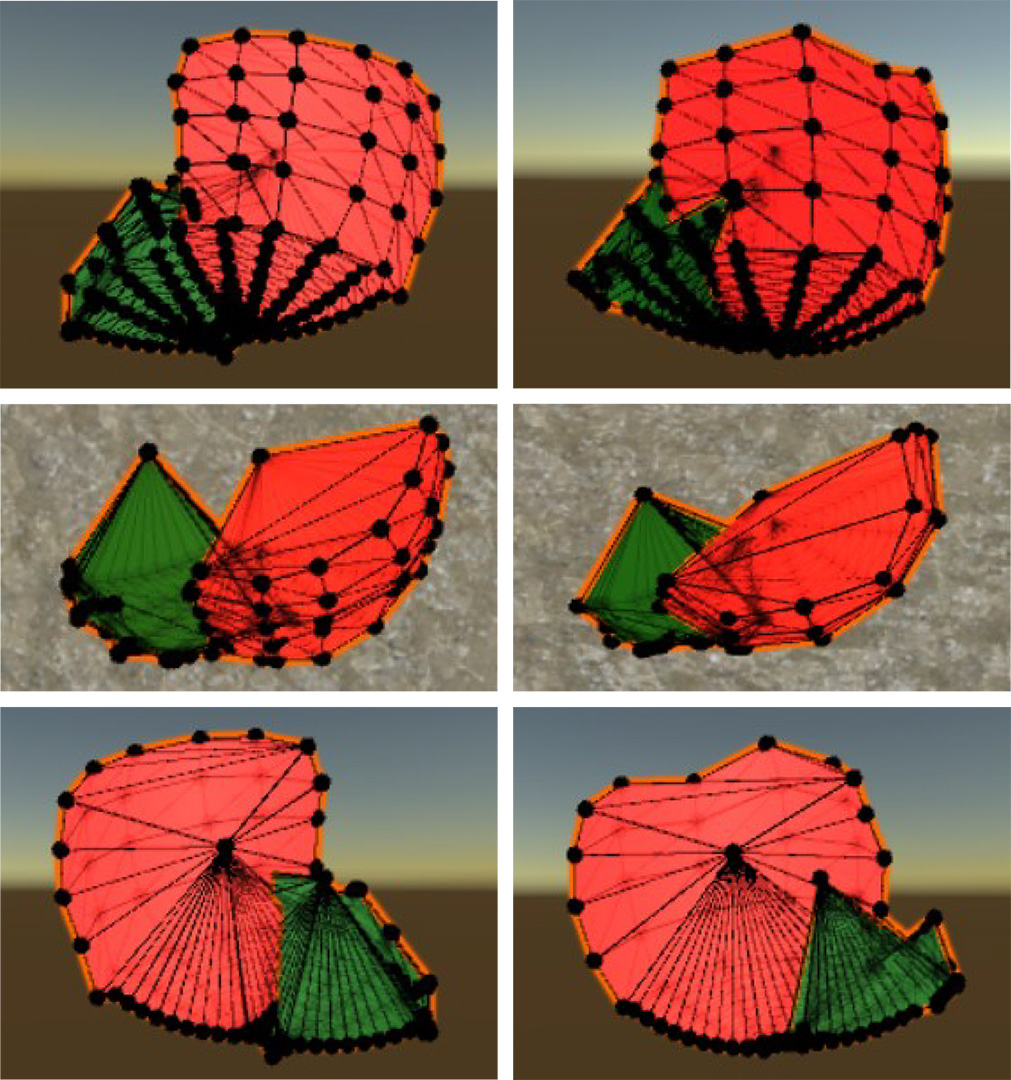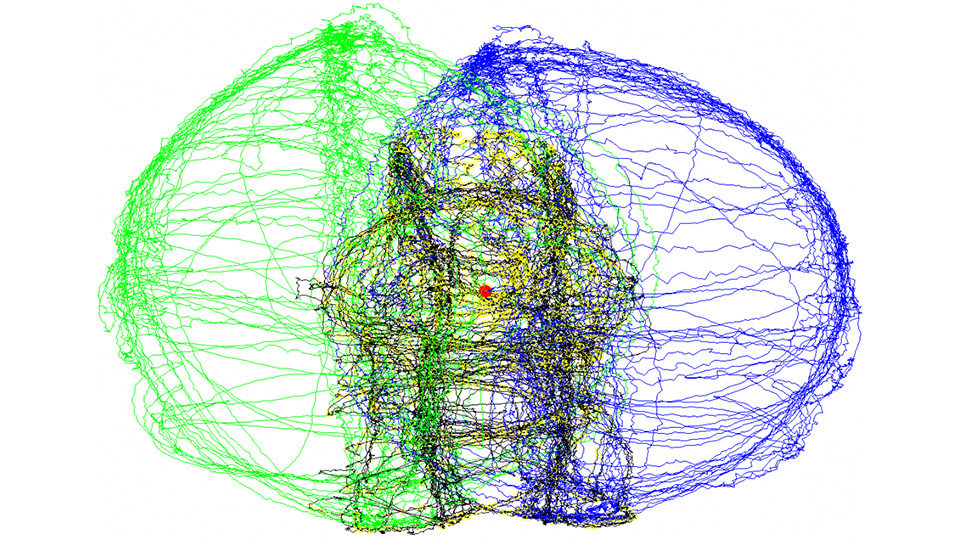Evaluation of the functional volume covered by the shoulder
- Contact person: Matteo Mancuso
- People involved: Matteo Mancuso
- Partners: CHUV – OTR
- Funding source: Lausanne Orthopedic Research Foundation
Overview
In this pioneering study, the tools for the instrumented evaluation of the reachable space of a group of patients will be developed and evaluated. This solution combines state of the art lighthouse tracking technology together with surface reconstruction techniques. The first will allow monitoring the movements of the subject during a large set of movements, while the second will convert these movements into a meaningful volume that can be used easily for the clinical evaluation. Patients will be guided through a customized set of motions, in a precise and intuitive manner, through the combination of the real-time tracking solution together with three dimensional virtual guides displayed directly in their visual space, through a virtual reality head-mounted display. Following good experimental practice, these recording will be statistically evaluated against a control group, and the different medical conditions present in the study.
Methods and outcomes

Using modified SteamVR trackers along with the HTC Vive set, the motion of experimental subjects’ trunk, head and upper limbs were decomposed into a scaled skeletal model of the subject and their motions were recorded in real-time. This allowed, in the virtual reality scene, to display an avatar that would move as the subject himself. The subject was then instructed to perform a set of reaching and tracking tasks with his forearms and hands, as indicated by three dimensional guides appearing around him/her.
These motions were designed and optimized to cover the reachable space of the subject’s upper limbs within a limited time-frame. By the end of the test, the reachable space was automatically computed and displayed, such as several other scores related to the motor ability of the subject’s upper limbs. A report containing a summary of the subject performance was also automatically generated.
The Volfon testing procedure was asserted on 10 healthy subjects and 16 patients with functional impairments of one of their upper limbs.
Results:
The volume of the reachable space was computed for both upper limb’s sides using different computational methods, achieving similar results. Additionally, it was graphically reconstructed, as shown on Figure 1, where a large difference between the right and left upper limb’s reachable spaces is clearly visible. Symmetry scores based on the volumes and on the reachable ranges were also computed, indicating the affected side on the patients tested, and an objective quantification of the level of the functional impairment.

